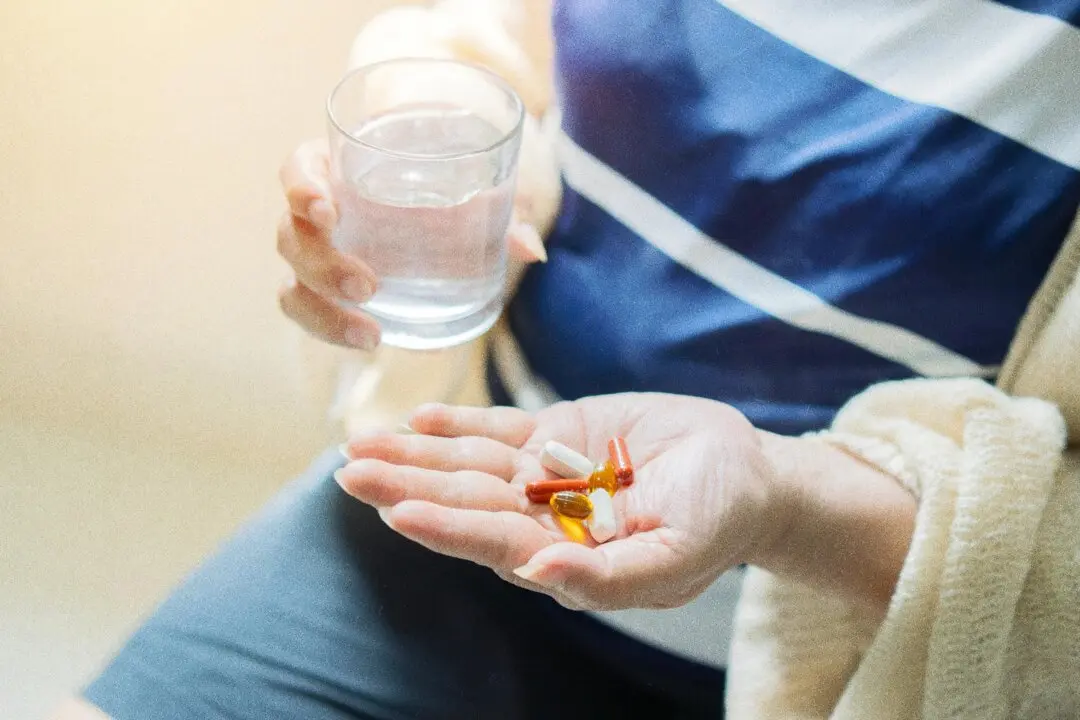NEW TAIPEI CITY, Taiwan—You’ve heard of wine-tasting in California, but for the island nation of Taiwan, it’s tea-tasting that’s the big thing.
Since the 1700s, when tea trees were introduced to Taiwan by the imperial Chinese official Ke Chao, the island has developed a dynamic and vibrant culture around this successful industry.
Nantou District, smack in the center of Taiwan, is four-fifths mountain or hills, with forty-one mountains with peaks over 3,000 meters high—great for tea cultivation.




